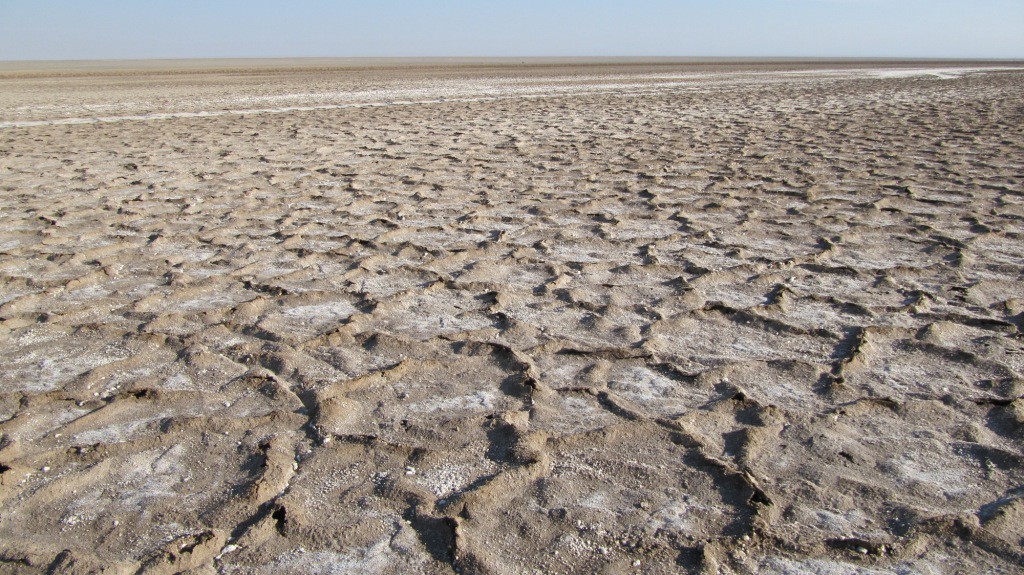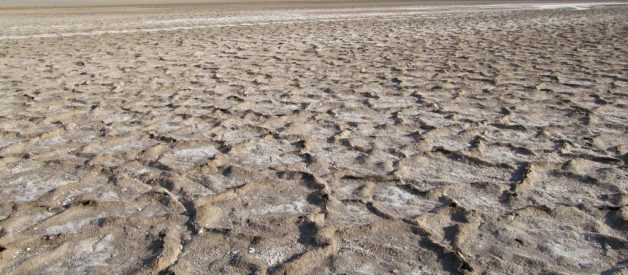Anyone can publish on Medium per our Policies, but we don?t fact-check every story. For more info about the coronavirus, see cdc.gov.
 1
1
April is the cruelest month, breeding Lilacs out of the dead land, mixing Memory and desire, stirring Dull roots with spring rain -T.S. Eliot, ?The Wasteland?
As we enter the month of April in what amounts to a global quarantine, expect to hear a lot of people quoting TS Eliot?s poem ?The Waste Land.? And by ?hear? I mean ?see memes on social media.? Because we don?t often hear folks say much of anything anymore. That is the dark irony of April that Eliot captured so brilliantly. This may be the first April in anyone?s memory where Eliot?s opening lines make sense.
To understand why April the ?cruelest month? for Eliot, we need to understand that he is not making a general argument about Aprilness. April is not inherently cruel. But Eliot is ventriloquizing on behalf of the inhabitants of the world of his poem ? a bizarre, high-Modernist fantasy realm called ?the Waste Land? ? a land that has been profoundly shaped by a global pandemic.
Eliot wrote his famous poem in the aftermath of the last global pandemic to shut down the world. He and is wife caught the Spanish Flu in December of 1918, and he wrote much of the poem during his recovery. Literary critics have just recently started to explore the profound influence that the global pandemic had on the post-war literature that we have long called ?Modernist,? and on passages like this one from ?The Waste Land,? in which Eliot intentionally overlays Dante?s Inferno onto the London cityscape::
Unreal City,Under the brown fog of a winter dawn,A crowd flowed over London Bridge, so many,I had not thought death had undone so many.Sighs, short and infrequent, were exhaled,And each man fixed his eyes before his feet.Flowed up the hill and down King William Street.
This is a world of both history and myth. Historically, Eliot constructed his world out of pieces of London during and immediately after the Spanish Flu. Between 1918 and 1920, as many as one hundred million people across the globe died from the Spanish Flu, far more than were killed in World War I. In England, a quarter of the population came down with the disease, and more than 200,000 people died. The heavy death toll did much more than even the carnage of war to shape Eliot?s masterpiece.
Eliot also constructed the Waste Land under the influence of anthropology-specifically the influence of Jessie Weston?s 1920 book, From Ritual to Romance. As anthropologists were wont to do in the early 20th century, Weston traced the way that a cultural myth travelled from paganism to Christianity without changing the core elements of its mythos.
The myth in question was the myth of the wounded land. In its most basic form, it went like this: a king is wounded, usually sexually, in a way that imparts barrenness to the entire land. Nothing grows and everything sucks. The only way to heal the land is for a hero to go on a journey to heal the king. This is the central myth at the heart of the Oedipus story, and, once Christianized, it became the myth of the Holy Grail.
Eliot?s Waste Land, then, is a poem that imagines what it would be like to be trapped in the wounded land-one incapable of growth, productivity, or renewal. The young Eliot saw this as a metaphor for the Modern malaise-with the demythologization of the symbols and narratives that humans had used for centuries to make meaning in their lives, humans faced something like a ?wounded mythos.? This would be something like an existential crisis but with more references to water.
So why is April the cruelest month in the Waste Land? Because, in the non-Wasteland, it is a time of fecundity and renewal. It is (in the latitudes that Eliot knew) when the snow melts, the flowers start to grow again, and people plant their crops and look forward to a harvest. April is when the hearts of the young turn to thoughts of love. And, truth be told, the hearts of the old aren?t usually very far away. April is when we dare to hope.
In the Waste Land, nothing can be crueler than hope, since it can only lead to disappointment. It always leads to disappointment. In the Waste Land, hope hurts, and April hurts most of all by mocking us with possibilities that can never be realized. And not just in the Waste Land, either. The more I have read the opening lines of Eliot?s great poem, the more I have realized just what a dangerous emotion the great theological virtue of hope can be. Cynicism and irony are safe. To hope, one must open the door to disappointment, rejection, and disbelief.
Perhaps the most important thing that we can say about the Wasteland, though, is that it was the beginning of Eliot?s poetic career and not the end. By the end of ?The Waste Land,? which was published in 1922, we catch a glimmer of the faint possibility of hope ? a slight upturn in an otherwise thoroughly depressing piece of literature. By 1930, the glimmer of hope becomes a bright (if tenuous) flare in ?Ash Wednesday.? And by 1939, he was, though he didn?t know it at the time, writing the lyrics that would become the musical CATS. Eliot, in other words, got better, but it took a decade or so to recover from the world that the Great War and the Great Pandemic created.
Pandemics end. Rain falls again. Spring rains renew the earth every year. We do well to remember this, even as we gear up for another cruel April in the Waste Land.


